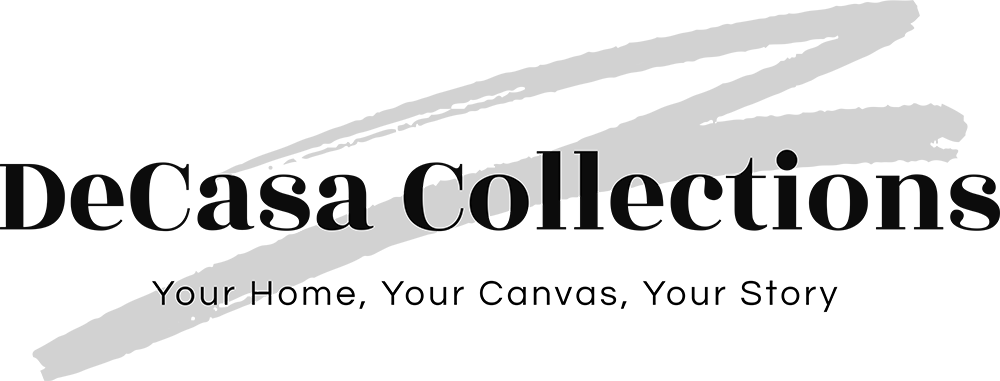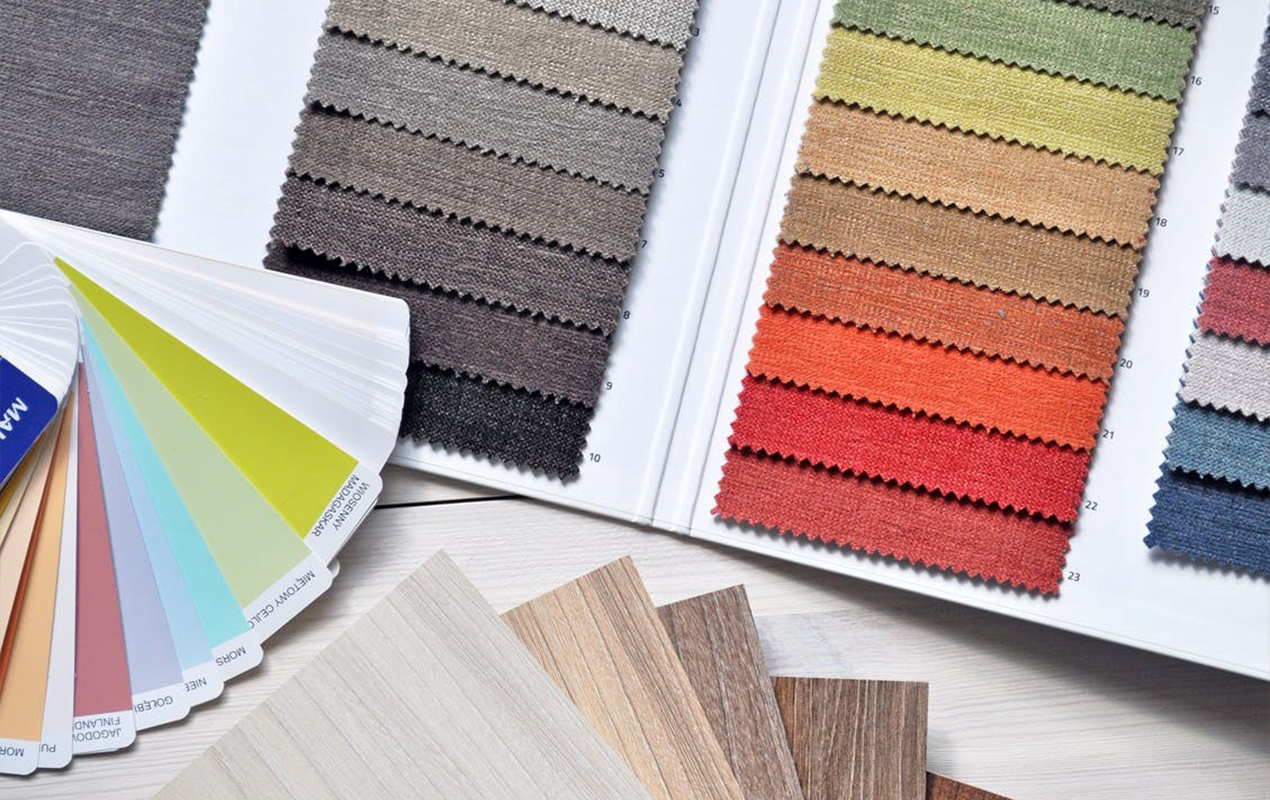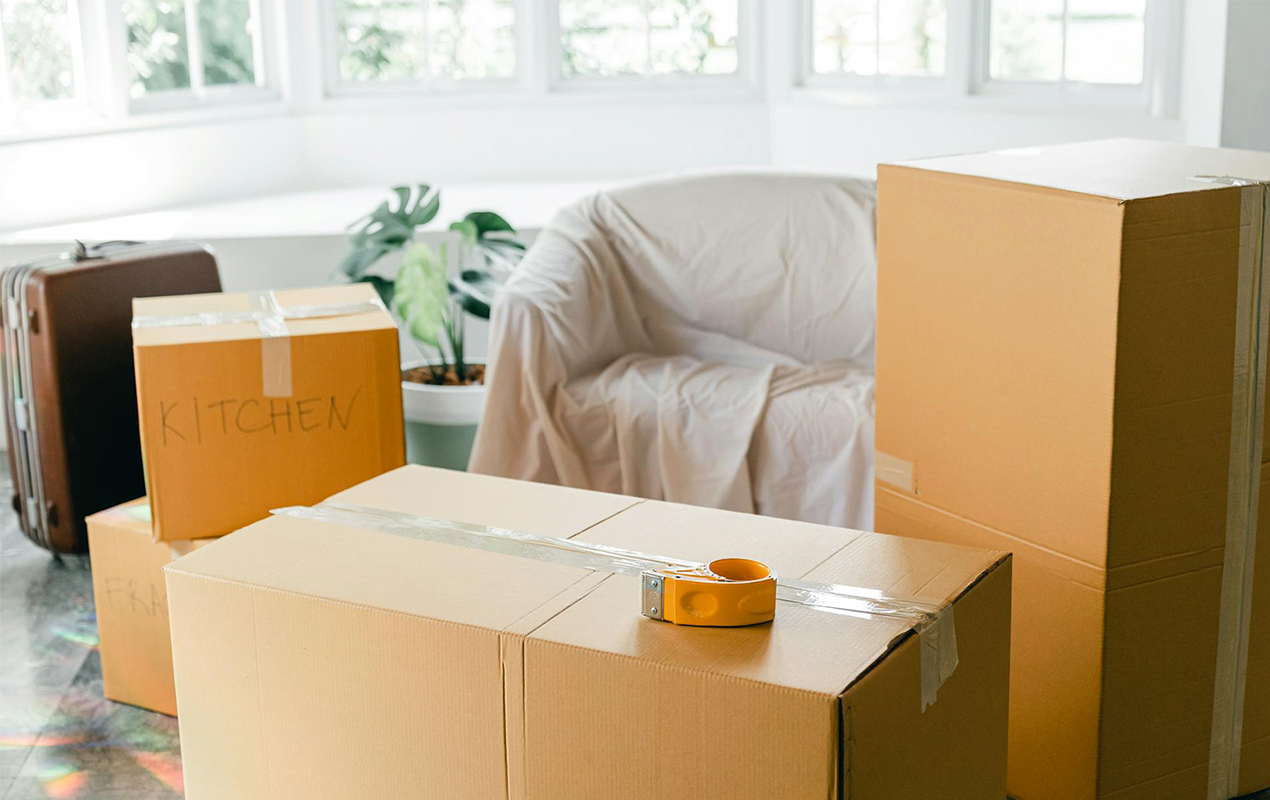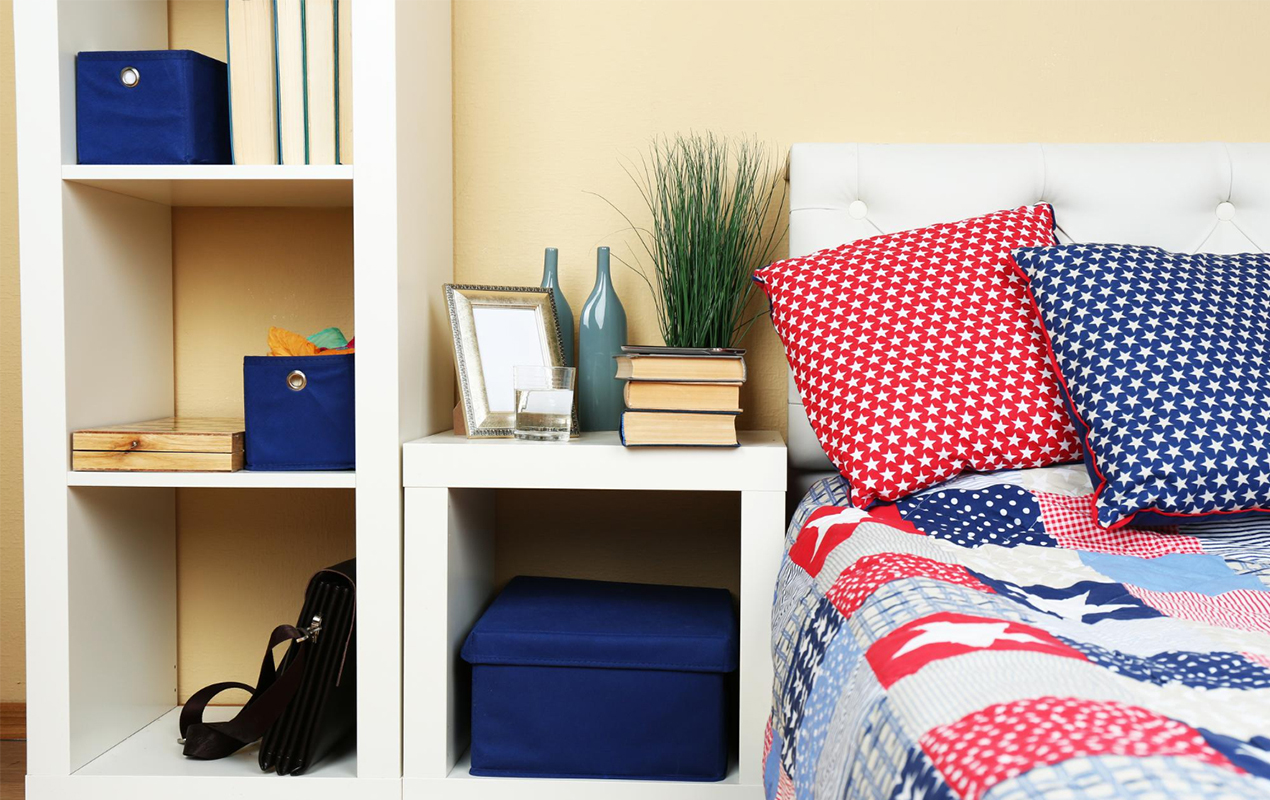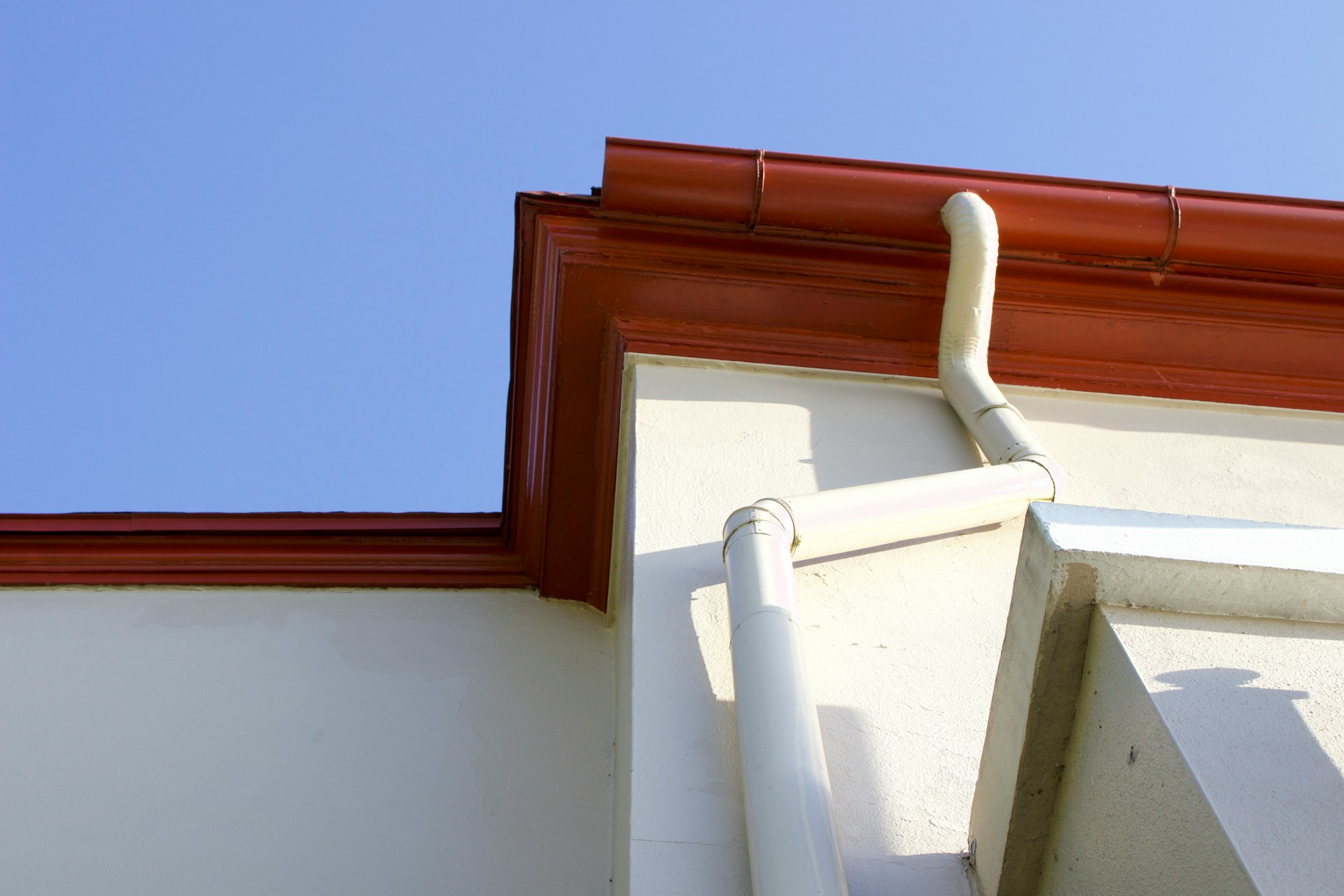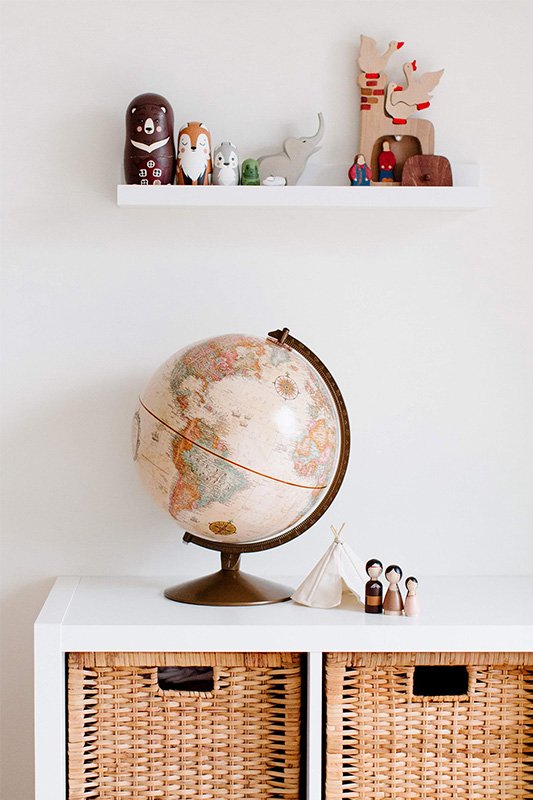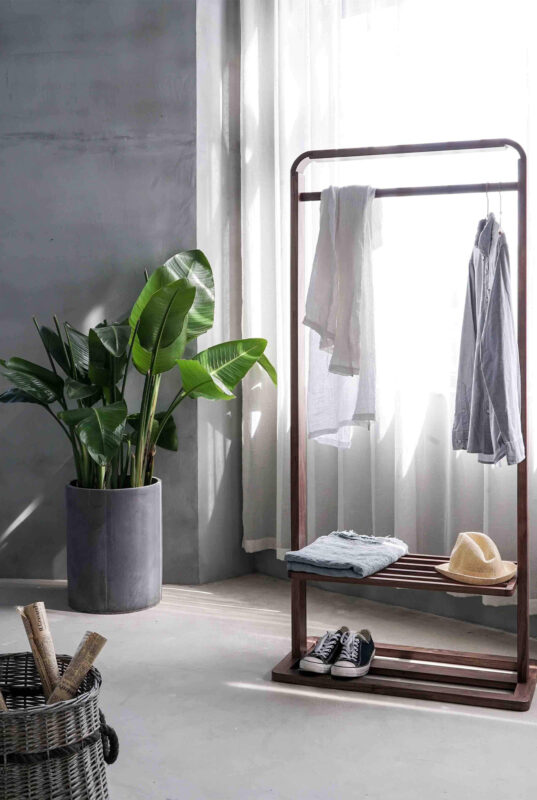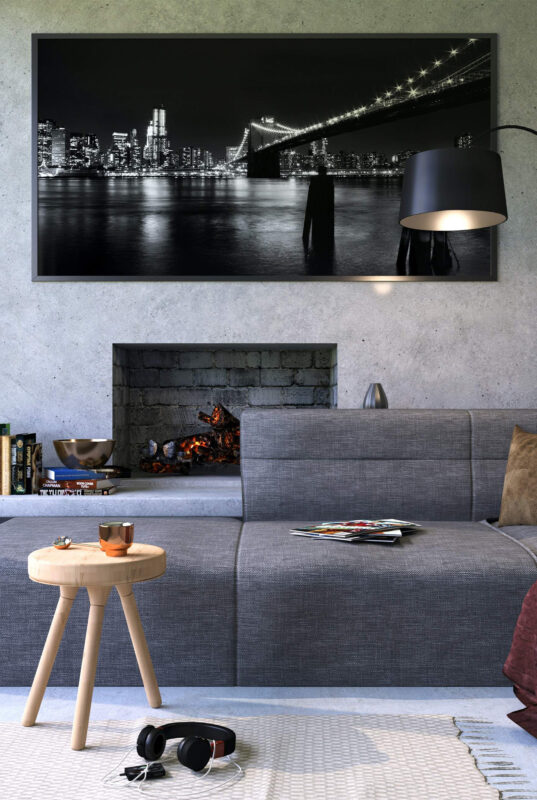Blog
How to Clean Your Range Hood Filter: Step-by-Step Guide 2025
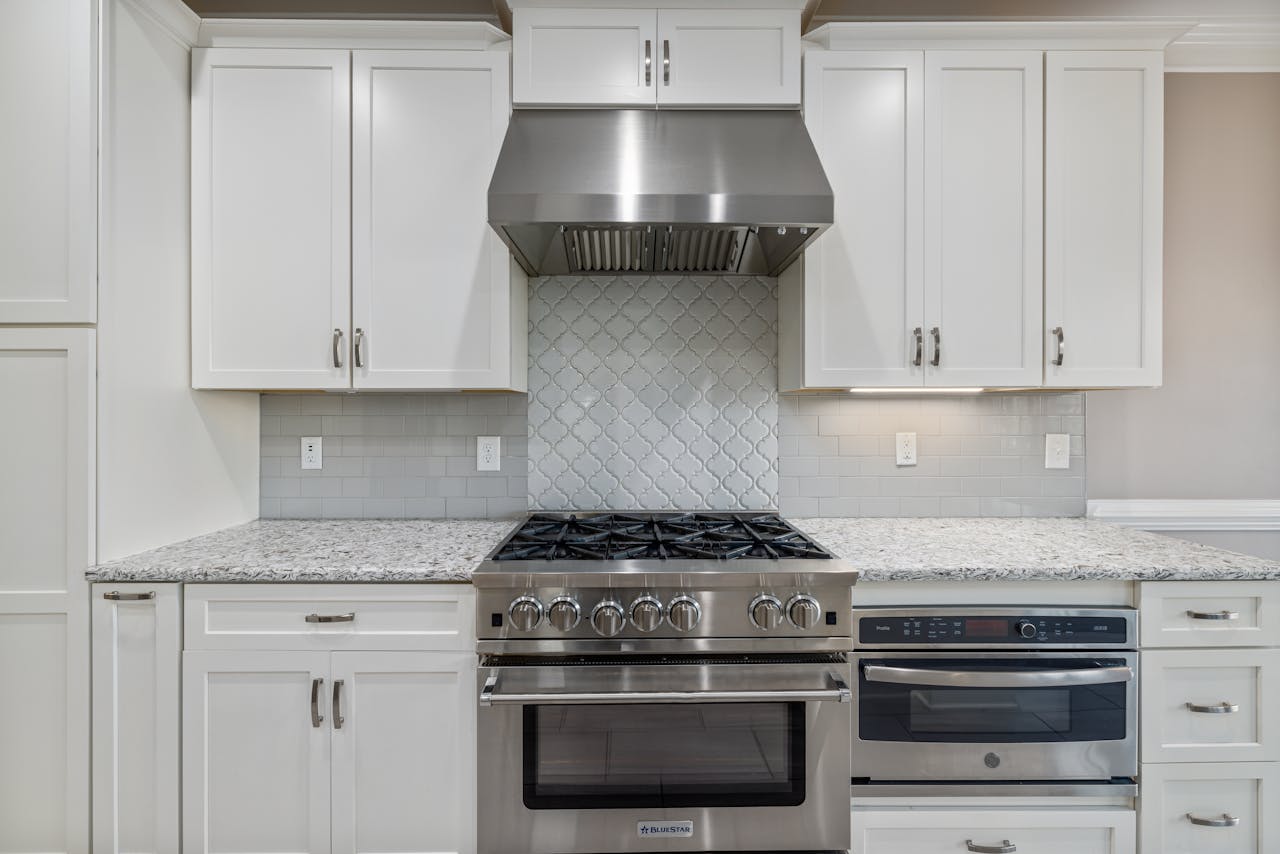
Dirty range hood filters smell bad and create genuine fire hazards, and make your entire kitchen less safe. That greasy buildup you’ve been ignoring is essentially fuel waiting for a spark, and a clogged filter forces your range hood to work harder while cleaning less effectively.
Most homeowners put off filter cleaning because they think it’s complicated or messy. The truth is, regular cleaning takes about 15 minutes and prevents the kind of stubborn buildup that requires hours of scrubbing or expensive professional service.
Quality ranges from manufacturers like those available through ILVE Ranges, which deserve proper maintenance to perform at their best. When you invest in premium kitchen equipment, maintaining the ventilation system becomes even more important for protecting both your investment and your safety.
Here’s the complete process for cleaning your range hood filter safely and effectively.
Understanding Different Types of Range Hood Filters
Mesh Metal Filters vs Baffle Filters: Cleaning Differences
Most residential range hoods use either mesh metal filters or baffle filters, and each requires slightly different cleaning approaches. Mesh filters have multiple layers of aluminum or stainless steel mesh that trap grease particles as air passes through. These are the most common types and respond well to standard degreasing methods.
Baffle filters use a series of angled metal pieces that force air to change direction multiple times, causing grease to condense and drain into collection areas. These filters handle heavy cooking better but require more thorough cleaning of the baffle channels where grease accumulates.
Both types are dishwasher-safe in most cases, but heavily soiled filters benefit from pre-treatment before being washed in the machine. The key difference is that baffle filters may require individual attention for each channel, whereas mesh filters can be cleaned as complete units.
Charcoal Filters: When to Replace vs Clean
Charcoal filters in ductless range hoods cannot be cleaned; they must be replaced every 3 to 6 months, depending on the frequency of cooking. These filters absorb odors, not just trap grease, and washing destroys their effectiveness.
If your range hood recirculates air instead of venting outside, you’ll have both metal grease filters (which can be cleaned) and charcoal odor filters (which must be replaced). Refer to your owner’s manual to determine which filters your system utilizes.
Never attempt to wash charcoal filters, as water damages the activated carbon and renders them useless. Mark your calendar for regular replacements, typically every three months for heavy cooking or six months for light use.
How to Identify Your Filter Type and Access Requirements
Most filters slide out from the bottom of the range hood, but release mechanisms vary. Look for tabs, springs, or latches that hold filters in place. Some require you to push up slightly before sliding the filter forward, while others simply pull straight down.
Take a photo before removing filters so you remember the correct orientation for reinstallation. Metal filters are usually reversible, but charcoal filters have specific directional requirements that affect their performance.
If filters seem stuck, don’t force them. Years of grease buildup can make removal difficult, but excessive force can damage the filter or hood mechanism. Clean accessible areas first, then try removal again once some grease is dissolved.
Essential Supplies and Safety Preparation
Cleaning Solutions That Work vs Those That Damage Filters
Safe & Effective:
- Hot water + grease-cutting dish soap (Dawn)
- Baking soda added for an alkaline boost on heavy buildup
- Kitchen-safe citrus-based or alkaline degreasers
Avoid These:
- Bleach or ammonia (damages finishes)
- Abrasive cleaners or steel wool
- Mixing different cleaning products
“Use a kitchen-safe degreaser (citrus-based or alkaline) and avoid harsh chemicals like bleach or ammonia to preserve performance and protect your finishes,” advises XO Appliance’s maintenance experts.
Safety Gear and Workspace Setup for Effective Cleaning
Required Safety Gear:
- Rubber gloves (protection from hot water and sharp edges)
- Good lighting in the work area
- Clean towels for drying and spill cleanup
Workspace Preparation:
- Clear the sink area of items that could be damaged
- Have soaking containers ready
- Ensure adequate ventilation
When to Disconnect Power and Gas: Safety Considerations
Always turn off the range hood and allow it to cool completely before cleaning the filter. Disconnect power at the circuit breaker if you’ll be accessing internal components beyond simple filter removal.
For gas ranges, ensure adequate ventilation while cleaning to prevent inhaling fumes from cleaning solutions. Never mix different cleaning products, as this can create dangerous chemical reactions.
If you smell gas while cleaning around your range area, stop work immediately and contact a professional. Filter cleaning should never interfere with gas connections or disrupt the operation of gas appliances.
Step-by-Step Cleaning Process for Metal Filters
Proper Removal Technique to Avoid Damage
Start by removing any light covers or decorative elements that might block filter access. Most filters have release tabs or clips that require gentle pressure while sliding the filter forward or downward.
Support the filter’s weight as you remove it; these can be heavier than expected, especially when loaded with grease. Lower them gently into your prepared cleaning area rather than dropping them into the sink.
If multiple filters are present, remove them one at a time and keep track of their positions. Some hoods have filters of different sizes that must return to specific locations for proper fit and function.
Degreasing Methods: Dishwasher vs Hand Washing
Hand Washing (Best for Heavy Buildup):
- Fill the sink with the hottest water available
- Add grease-cutting dish soap
- Soak 10-15 minutes before scrubbing
Dishwasher Method (Light to Moderate Buildup):
- Bottom rack placement only
- Regular detergent, normal cycle
- Avoid high-heat drying (can warp filters)
Best ways to Dry and Reinstall
Shake excess water from filters and pat dry with clean towels. Air drying for 30-60 minutes prevents water spots and ensures filters are completely dry before reinstallation.
Never reinstall wet filters, as trapped moisture can damage range hood motors or electrical components. Proper drying also prevents water from dripping onto your cooking surface during initial use.
Reinstall filters in their original positions, ensuring they’re seated correctly in their mounting brackets. Test the range hood briefly to confirm proper airflow and that filters remain secure during operation.
Deep Cleaning for Heavily Soiled Filters
Soaking Solutions for Stubborn Grease Buildup
For filters that haven’t been cleaned in months or years, create a stronger soaking solution using hot water, dish soap, and baking soda. Use approximately 1/4 cup of baking soda per gallon of hot water, along with several tablespoons of grease-cutting dish soap.
Let heavily soiled filters soak for 30-60 minutes before attempting to scrub. This extended soaking time allows the alkaline solution to break down hardened grease that resists normal cleaning attempts.
For extreme buildup, consider using a large plastic storage container or utility sink that allows complete filter submersion. Full coverage ensures even cleaning and prevents missed spots that can harbor bacteria and odors.
Scrubbing Techniques That Won’t Damage Filter Material
Proper Scrubbing Method:
- Use soft-bristled brushes or non-abrasive sponges
- Old toothbrushes work well for mesh details
- Scrub in the direction of the mesh/baffle structure (not against it)
- Work systematically across the entire surface
For Baffle Filters: Pay special attention to grease collection channels
When Professional Cleaning or Replacement Makes More Sense
If filters remain heavily soiled after proper cleaning attempts, replacement may be more cost-effective than continued cleaning efforts. Severely damaged filters, such as those with bent mesh or broken baffles, should always be replaced for both safety and performance reasons.
Professional range hood cleaning services can handle extreme situations where DIY methods prove insufficient. This option makes sense for commercial-grade equipment or when filters haven’t been maintained for years.
Consider professional service if your range hood shows signs of internal contamination beyond the filters. Ductwork cleaning and internal component maintenance require specialized equipment and expertise that most homeowners lack.
Maintenance Schedule and Prevention Tips
Cleaning Frequency Guide
| Cooking Level | Frequency | Examples |
| Light (1-2x/week) | Every 2-3 months | Occasional home cooking |
| Regular (3-5x/week) | Monthly | Typical family cooking |
| Heavy (daily use) | Bi-weekly | Frequent frying/searing |
“Clean your range hood monthly by washing filters in hot, soapy water and wiping down exterior surfaces,” recommends XO Appliance. “Deep clean the fan and interior every 3-6 months to prevent grease buildup, poor airflow, and lingering odors.”
Note: Frying and high-heat cooking require more frequent cleaning regardless of the schedule.
Daily Habits That Reduce Filter Contamination
Simple Prevention Steps:
- Wipe the hood exterior after cooking (prevents hardened grease)
- Use a range hood for all cooking (even boiling water)
- Run hood 2-3 minutes after cooking ends (clears residual smoke/steam)
Signs Your Range Hood System Needs Professional Service
If cleaning filters doesn’t restore proper suction or noise levels, internal components may need attention. Unusual vibrations, grinding sounds, or visible grease accumulation on hood surfaces beyond the filter area indicate the need for professional service.
When you’re investing in quality kitchen equipment from retailers like InnovDepot, protecting that investment through proper maintenance becomes essential. Professional service ensures your range hood continues performing effectively while maintaining warranty coverage.
Frequently Asked Questions
- How often should I clean my range hood filter? Monthly cleaning works for most households, but adjust the frequency based on your cooking habits. Heavy frying or daily cooking may require bi-weekly cleaning, while light cooking can extend to every 2-3 months.
- Can I put my range hood filter in the dishwasher? Most metal filters are dishwasher-safe, but it’s best to check your owner’s manual first. Use the bottom rack, avoid high-heat drying, and consider hand washing for heavily soiled filters.
- What’s the best cleaning solution for greasy filters? Hot water with grease-cutting dish soap works for routine cleaning. For heavy buildup, add baking soda to create a more effective degreasing solution. Avoid harsh chemicals that can damage filter materials.
